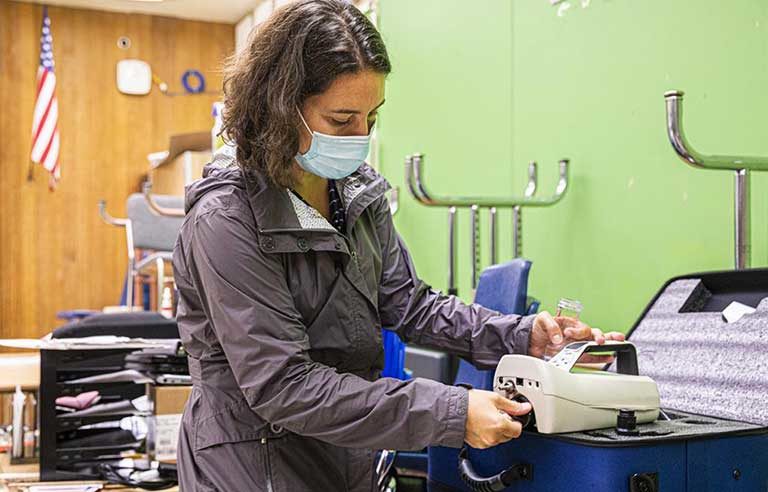Portable HEPA filters can dramatically cut indoor pollution from outside sources: study

Seattle — Use of portable HEPA filters can significantly reduce the indoor concentrations of ultrafine particles from vehicle emissions and other outdoor air pollutants that make their way into buildings, results of a recent University of Washington study show.
Initially analyzing air quality within 10 miles of Seattle-Tacoma International Airport over the course of 12 months between 2018 and 2019, researchers found that communities underneath and downwind of jets landing at the airport were exposed to “a type of ultrafine particle pollution that is distinctly associated with aircraft.”
During that initial phase of the study, funded by the Washington State Legislature, the researchers learned how to distinguish between aircraft and roadway pollution. They also discovered that a mixture of ultrafine particles, black carbon and other kinds of pollutants from both sources were making their way into local school buildings, “with potential negative effects on health and student academic performance.”
That led to the establishment of the Healthy Air, Healthy Schools Project – also funded primarily by the state legislature. During the first phase of the project, the researchers looked at the infiltration rate of ultrafine particles using no interventions and only the building ventilation systems, and then the infiltration rate with portable HEPA filters in classrooms.
Results show that the portable filters reduced ultrafine particles by 83% during a two-day test period, those from heavy-duty trucks by 73% and “aircraft-specific particles” by 67%. Overall, the researchers estimate the portable HEPA filters can reduce classroom levels of ultrafine particles by about 70%, “depending on the age of the school building and other characteristics.”
According to a Jan. 26 press release from UW, the researchers next will begin a two-year study in 20 schools throughout the state, using more air filters and tracking student health/academic performance.
“We have to consider outdoor air pollution when we’re thinking about healthy schools, and the answer to addressing outdoor air pollution is twofold,” Elena Austin, an assistant professor at UW and co-author of a report detailing the first phase of the study that was sent to the state legislature in December, said in the release. “The first is reducing the emissions from their sources, but that is not always possible. So … effective interventions are critical. This project demonstrates that HEPA filters can be a viable intervention.”
Post a comment to this article
Safety+Health welcomes comments that promote respectful dialogue. Please stay on topic. Comments that contain personal attacks, profanity or abusive language – or those aggressively promoting products or services – will be removed. We reserve the right to determine which comments violate our comment policy. (Anonymous comments are welcome; merely skip the “name” field in the comment box. An email address is required but will not be included with your comment.)

